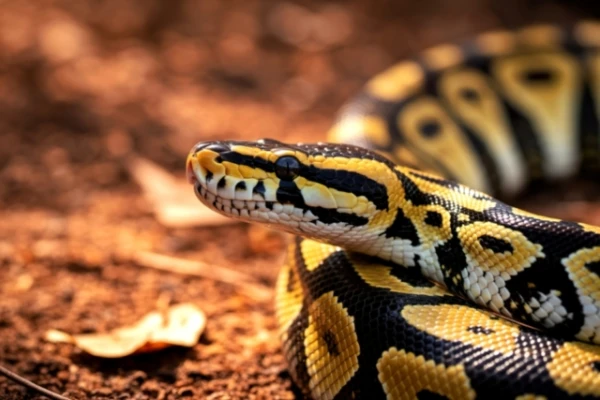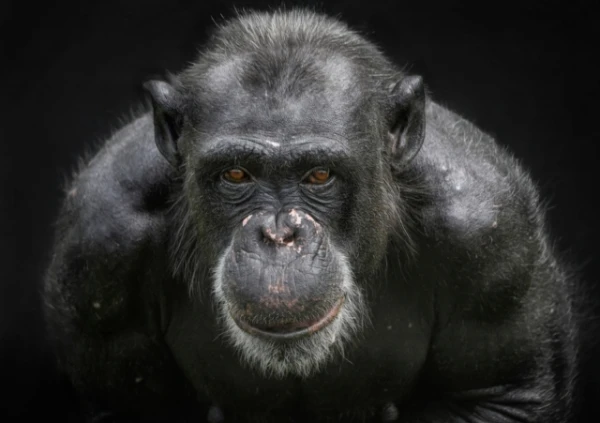
In 2020, an unusual event occurred at the St. Louis Zoo (USA): a 62-year-old female python, the oldest known snake living in captivity, laid viable eggs, despite not having contacted a male for the last 15 years, reports IFLScience.
This refers to a royal python (Python regius), which typically lives in captivity for no more than 30 years. Therefore, this case is particularly surprising. Several hatchlings emerged from the clutch, and one of them survived. Unfortunately, the 'heroic mother' died a year later.
Scientists believe this is an example of parthenogenesis — 'virgin birth,' in which an egg develops into an embryo without fertilization. This phenomenon has been observed in more than 80 groups of animals and has been actively studied in recent years.
Parthenogenesis allows females to reproduce without the involvement of males. The offspring are usually female, similar to the mother, but are not exact copies of her. Zoo researchers continue their observations to gain a deeper understanding of this astonishing phenomenon.













